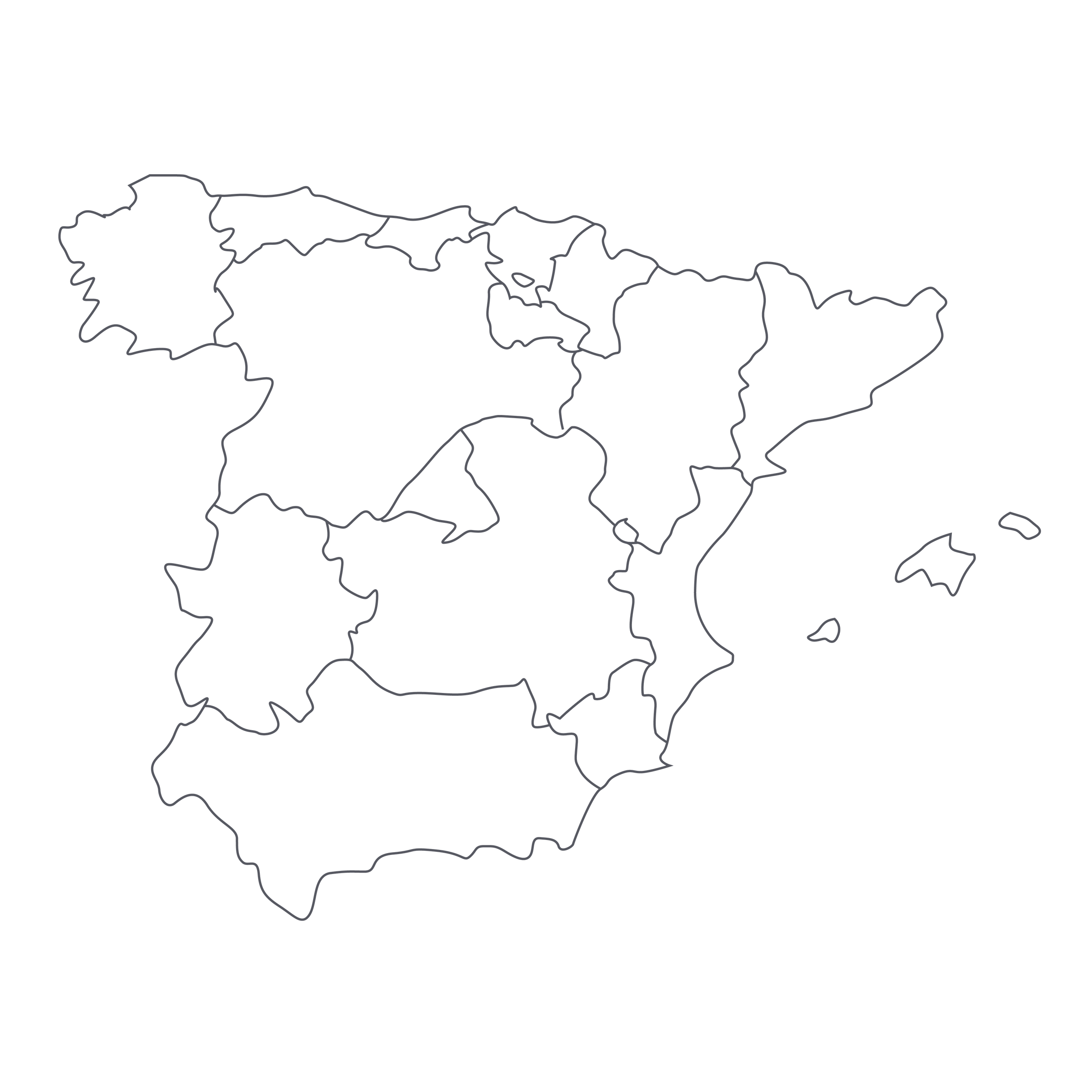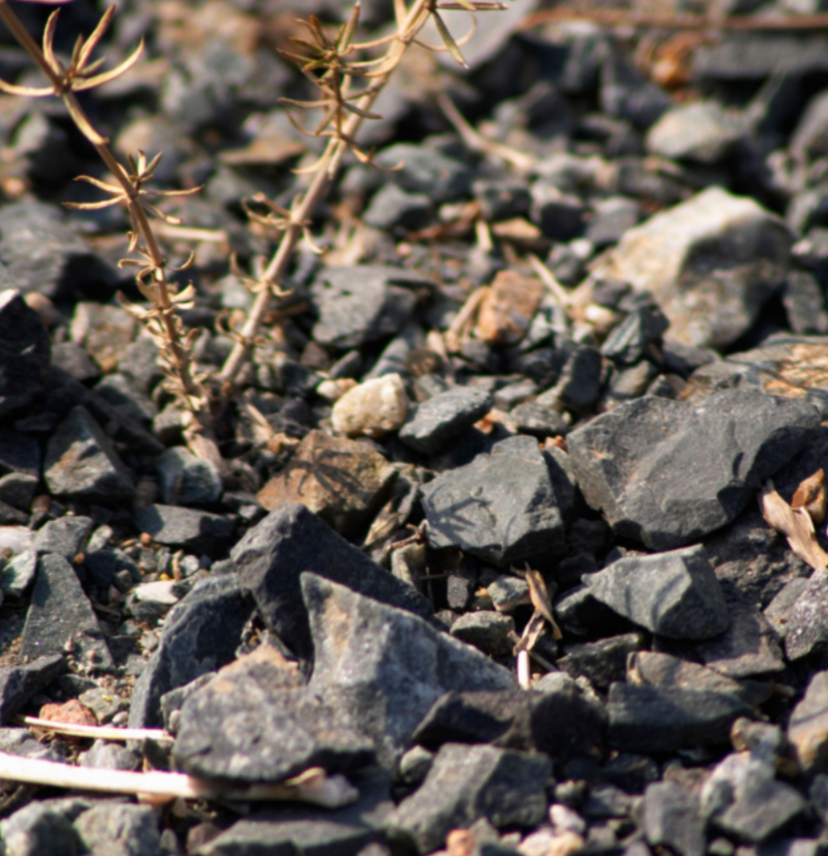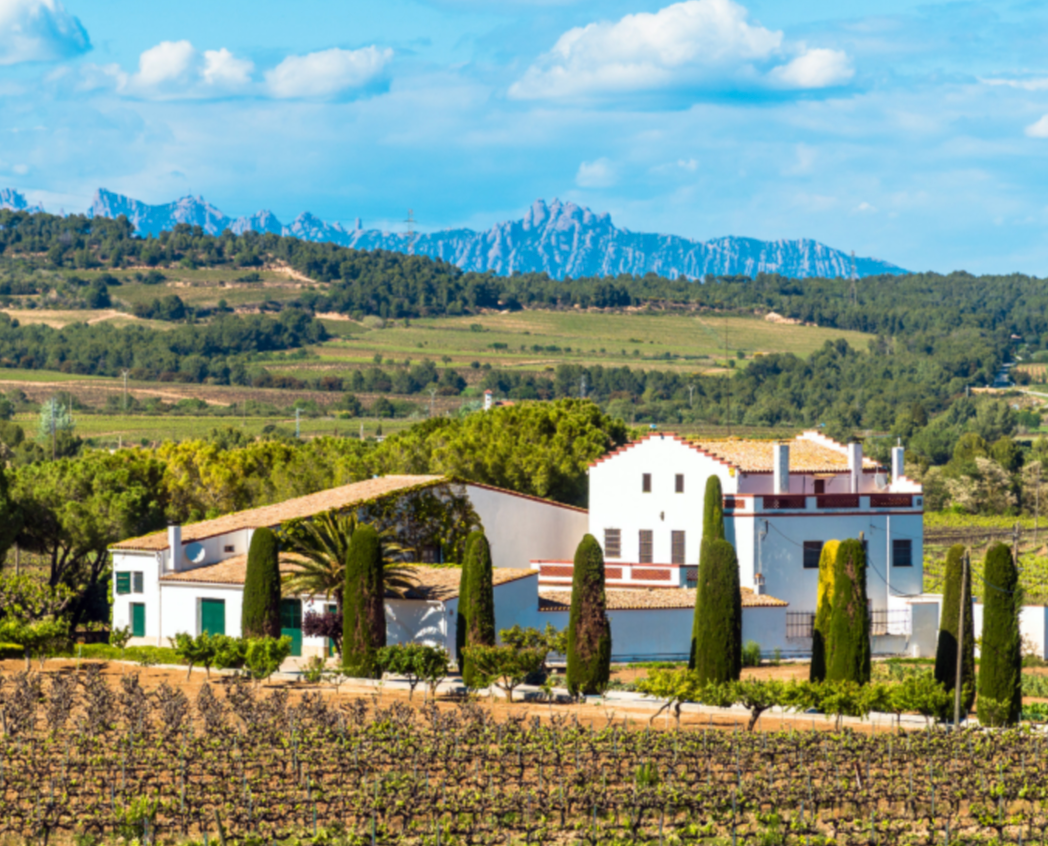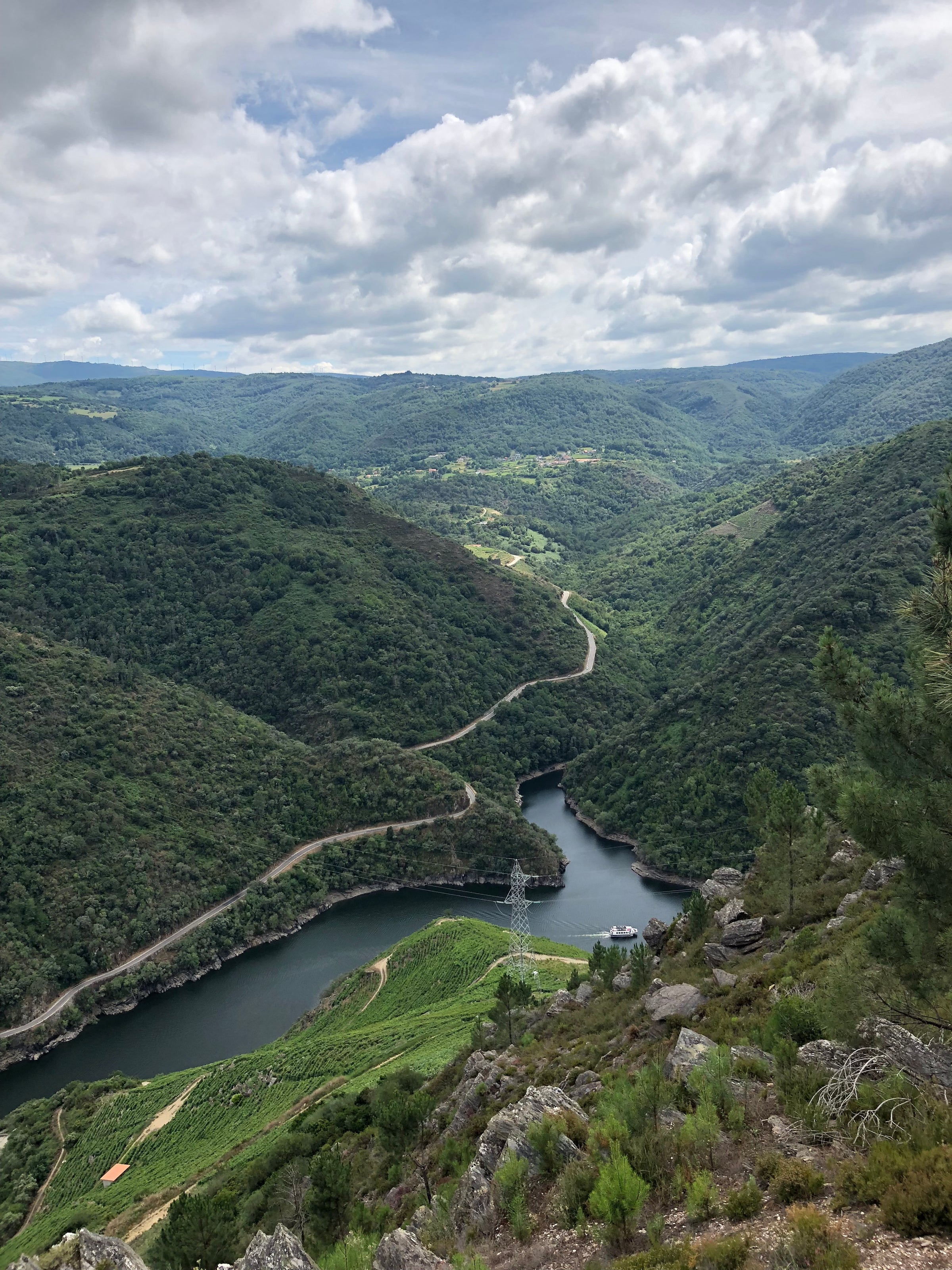Towards the end of 2016, we offered Ramírez de la Piscina’s 2010 Reserva, a wine that stunned both you and me with its astounding depth (thanks to many years in barrel and bottle). After our tasting back then, I immediately asked when we could get our hands on their Gran Reserva. Turns out we had to wait quite some time—it was still aging in their cellars!
Throughout these past 18 months, I’ve been slowly building up this wine in my head, but it was all worth the wait after finally tasting it a couple weeks ago. Their Gran Reserva is ultra-classic (it’s been aging longer than we’ve been a company) with added layers of richness and just the perfect level of extraction. Dense, polished, pure—simply a pitch-perfect, top-tier Rioja at an absurd value. It retains tradition without feeling outdated. I liken it to the celebrated reds of La Rioja Alta—undoubtedly a classic Gran Reserva, but with more extraction, weight, and richness. Ultimately, for $39, this is one of the most affordable ways to experience the best of what classic Gran Reserva Rioja can offer. We can allow up to 12 bottles per person today and, even better, you don’t have to wait 18 months to try it!
The aristocratic family name of Ramírez de la Piscina dates to the middle ages. Although the family has been cultivating and producing wines in Rioja for generations, it wasn’t until in 1973 that wines were bottled and sold under the Bodegas Ramírez de la Piscina name by Angela and Julio (the bodega’s name pays homage to
Santa María de la Piscina—a local church with medieval origins dating back to the 1100s). In 1980, their children, Cecilio, Julio, and Pilar, took the helm and by 1990 their wines hit the international market. In 2001, a new state-of-the-art winemaking facility was completed, but they still continue to sustainably farm their vineyards and manually harvest their fruit.
The Ramírez de la Piscina estate is located in Rioja Alta, which is considered the greatest of the three sub-regions of Rioja. The northern stretch of the region enjoys a cooler climate than Rioja Baja with protection from harsh Atlantic winds and the ideal amount of rainfall. The family’s 100% Tempranillo grapes are derived from old bush vines that are a minimum 30 years of age, though certain sections were planted as far back as 1932! These vines are rooted in clay and limestone soils in the villages of Abalos and picturesque
San Vicente de la Sonsierra within Rioja Alta. Hand-harvested fruit is carefully sorted then destemmed in the winery, where it undergoes maceration in climate-controlled tanks for several days. Fermentation is always spontaneous and a regular pump-over and punch-down regimen is carried out. Following fermentation, wine is racked via gravity into a combination of American and French oak barrels of 225-liter capacity. The wine ages two years in the family’s underground cellar and is then transferred back to tank for several months where the wine naturally settles. After a light filtration, the Gran Reserva continues to age in bottle for a minimum of 36 months before release—typically much longer.
In the glass, Ramirez de la Piscina’s 2010 Gran Reserva exhibits an opaque, inky core with deep ruby hues throughout. Perfumed notes of black cherry, wild red and black berries, anise, tobacco leaf, sweet dried plum, leather, rose petal, exotic spices, cacao, vanilla extract, dill, and turned earth. On the palate, the wine comes in at medium-plus bodied and rounded tannins add to its velvety, mouth-coating structure. This Gran Reserva is rich and fresh at once, with layers of brooding fruit and earthy savor that lingers on the finish. With nearly eight years under its belt, this bottle has arrived at a perfect drinking window, one that will stay open for the following decade if properly stored. Show this a 30-60 decant and serve in Bordeaux stems and, for the best experience, drink alongside the attached pork tenderloin recipe—the Sherry brine adds Spanish panache! Enjoy!





